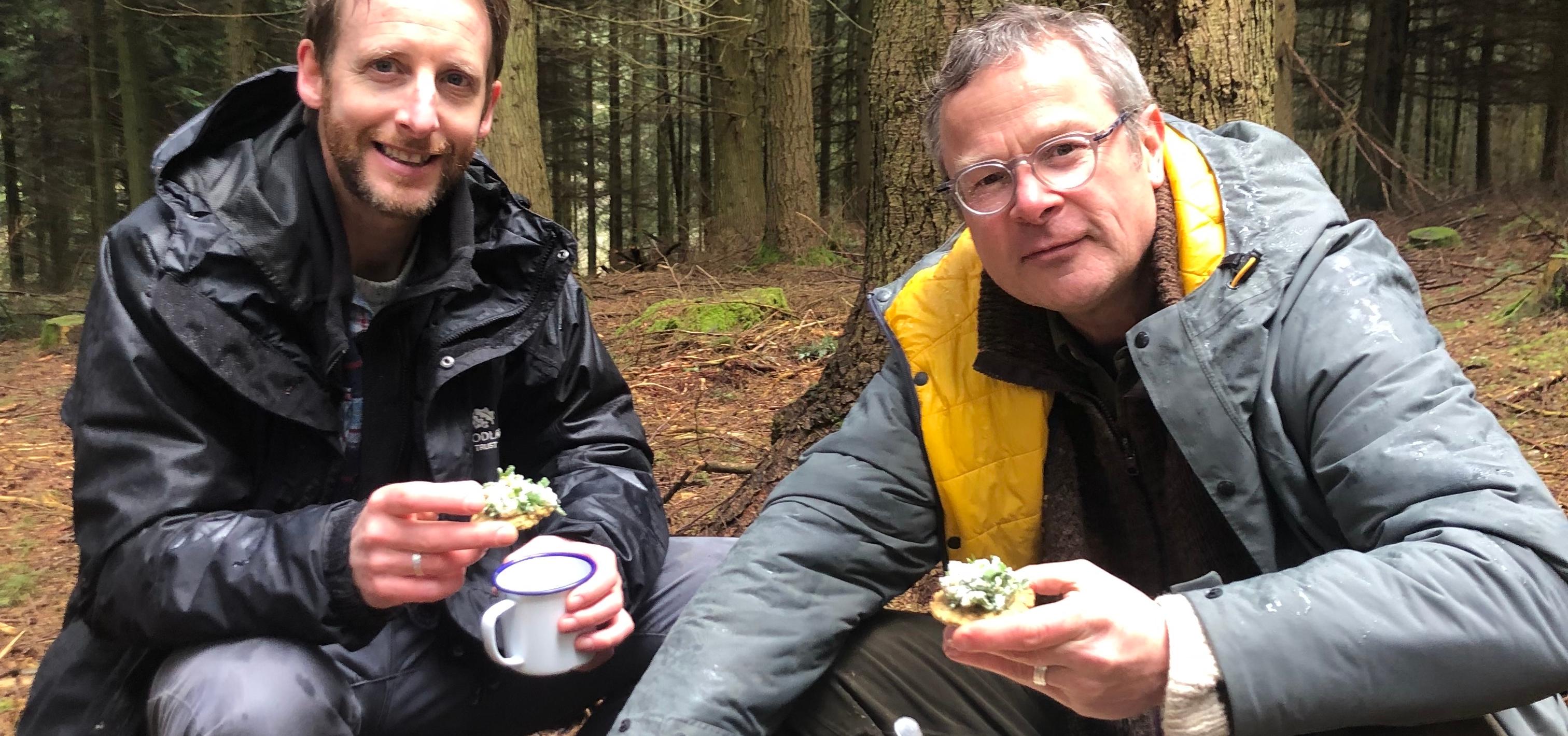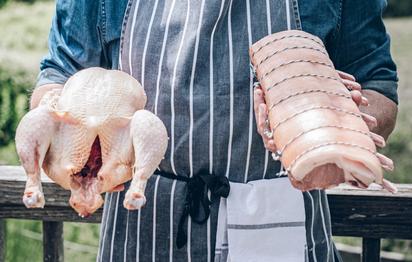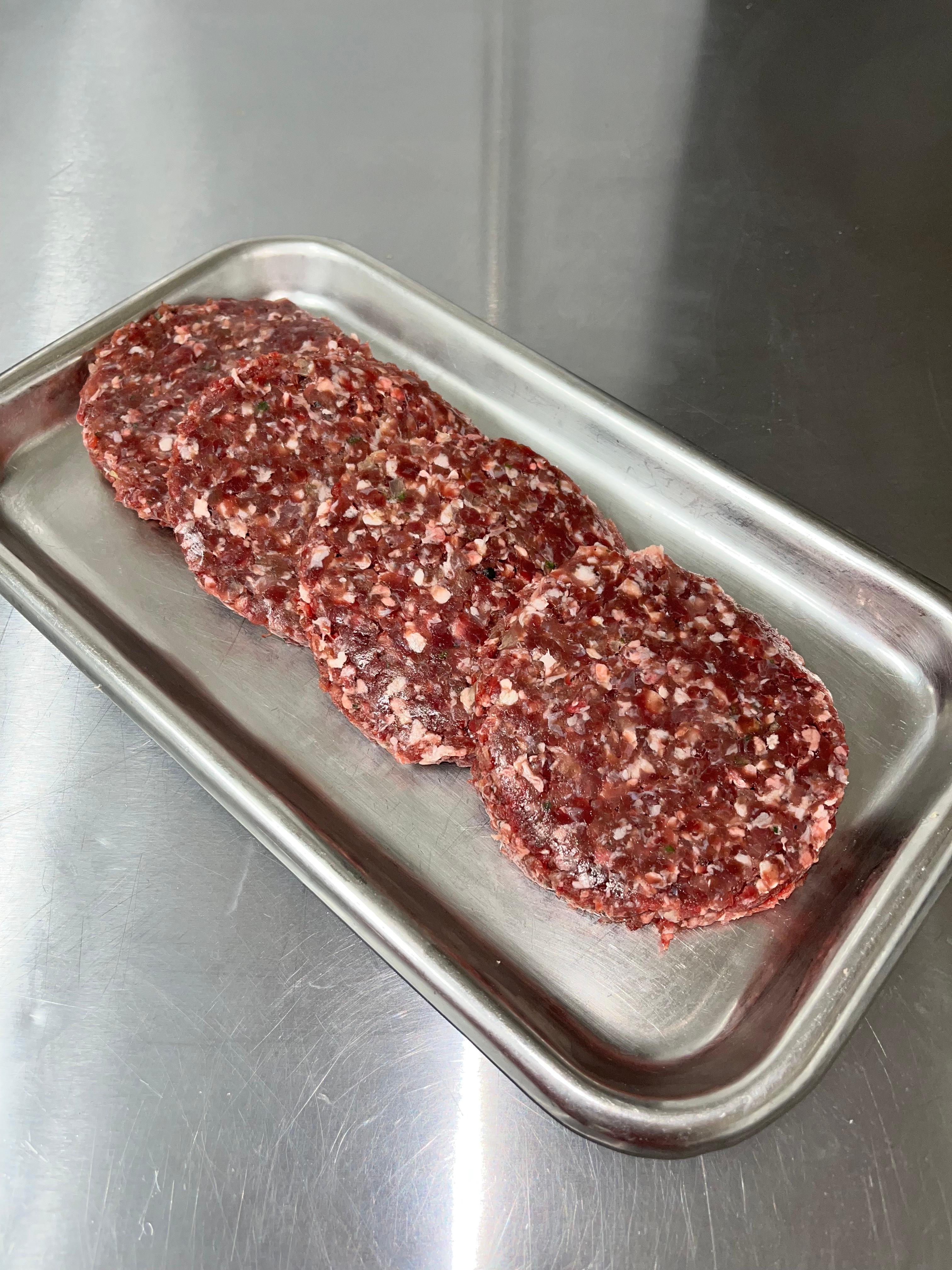
Help protect our woodlands
Just 2.4% of the UK’s land area is covered by ancient woodland which are irreplaceable – once gone, we can’t get them back. Some of these trees are hundreds, if not thousands of years old. The UK's oldest tree is the Fortingall Yew, which is up to 3,000 years old. A staggering 1,225 ancient woods under threat right now. We can't afford to lose any more.
You can make a difference to woods and trees near you. Below are some useful resources from the Woodland Trust to help you campaign to defend the local woods and trees you love.
How to object to a planning application
If you are opposing a development threat to a wood or tree, you will need to make an objection in writing to the local planning authority.
Tree Preservation Orders
A Tree Preservation Order, or TPO, is usually made by a local planning authority (often the local council) to protect a specific tree or woodland from deliberate damage and destruction. This could include felling, lopping, topping, uprooting or otherwise wilful damage.
Report a threat
Have you found a possible threat from development to an ancient wood or tree? Cases involving woods and trees under threat can change and evolve during the planning process for a variety of reasons. Where a development involving ancient woods or veteran trees no longer remains a threat due to changing circumstances surrounding said application and based upon professional judgement steered by our conservation research, the Woodland Trust withholds the right to withdraw or amend its objection and review its approach.

This course extols the virtue of eating less and better meat, both for the sake of our health and also for the planet. Hugh takes you through the various meat choices in the mainstream market and leads you towards the higher welfare end of the market through a well-informed critique of the devastating effects of modern factory farming and British supermarket practice.
His polemic is reminiscent of his television campaigns around the consumption and farming of meat, and by the end of this course you’ll gain new insight into how you can source the best possible meat and make the most of every morsel.

Venison, combined with pork for extra succulence, makes a mean burger. For the best texture, pass the meat through a mincer; if you don't have one, ask your butcher to do it for you. (Failing that, you can get by with chopping it very finely in a food processor. Do be careful, though, not to reduce it to a paste.) Incidentally, this is the exact same mixture I use to make venison sausages, so if you're a home-made sausage fiend, go for it - just add a small glass of good red wine to loosen the mix.
View recipe